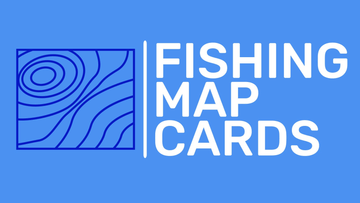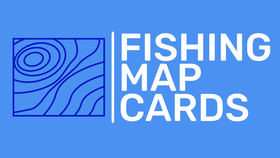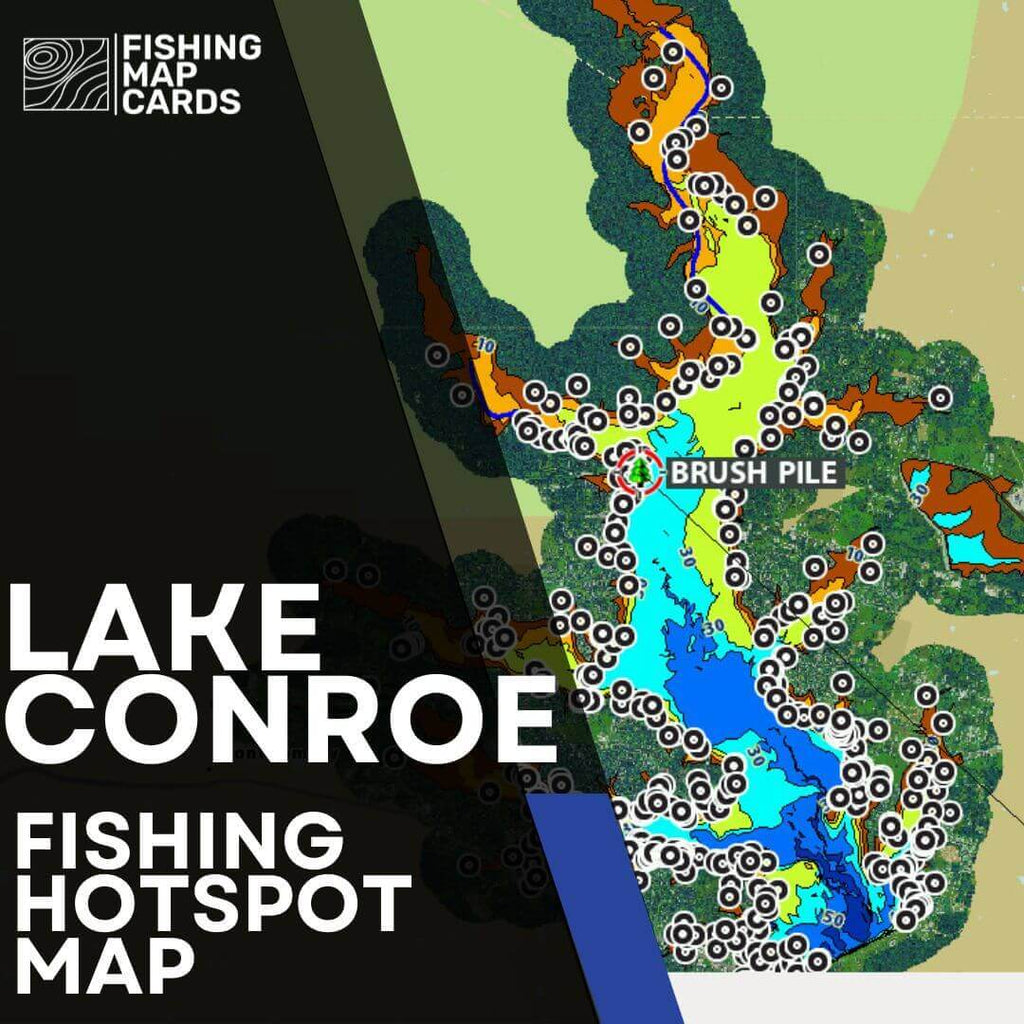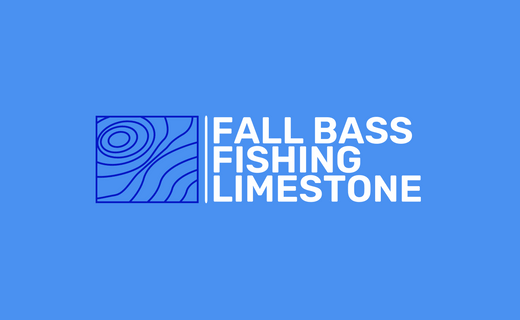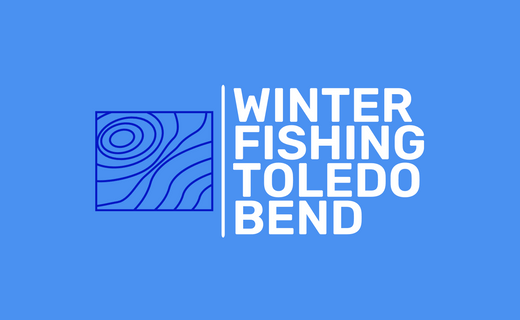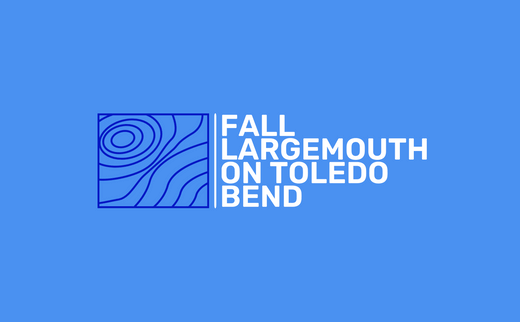A Comprehensive Guide to Fishing Lake Fork
Lake Fork, located in Northeast Texas, is renowned for its trophy bass fishing and breathtaking scenery. Anglers from around the world flock to its waters, hoping to land a record-breaking largemouth bass. If you're planning a trip to Lake Fork, here's a comprehensive guide to help you maximize your fishing success and make the most of your time on the water.
Understanding Lake Fork
History and Significance: Lake Fork was impounded in 1980 and quickly gained a reputation as one of the premier bass fishing lakes in the United States. With numerous state-record catches and an impressive array of fish species, it has become a bucket-list destination for serious anglers.
Structure and Habitat: Lake Fork spans over 27,000 acres with a maximum depth of 70 feet. The lake is characterized by a variety of structures, including submerged timber, creek channels, points, and drop-offs, which provide ideal habitats for bass and other species.
Best Times to Fish
Spring: During the spring, bass move into shallow waters to spawn, making it an excellent time to target large fish. Look for bass around spawning beds, in coves, and along shallow flats.
Summer: As the water warms, bass move to deeper, cooler waters. Focus on fishing around submerged structures, creek channels, and deep points. Early morning and late evening are the best times to fish during the hot summer months.
Fall: Fall brings cooler temperatures and increased bass activity. Fish tend to feed heavily in preparation for winter. Target them around baitfish schools, submerged timber, and points.
Winter: Winter fishing can be challenging, but it can also yield big rewards. Look for bass in deeper waters and use slow-moving baits to entice strikes.
Tackle and Techniques
Lures: Popular lures for Lake Fork include plastic worms, jigs, crankbaits, spinnerbaits, and topwater baits. Experiment with different colors and sizes to match the conditions and the bass's preferences.
Techniques:
- Flipping and Pitching: Effective for fishing around submerged timber and thick vegetation.
- Carolina Rig: Ideal for fishing deeper waters and structures.
- Drop Shot: Great for targeting bass in deeper areas or when they are suspended off the bottom.
Using Fishing Map SD Cards
Fishing map SD cards are invaluable tools for modern anglers. These cards can be loaded into your fishfinder, providing detailed maps and waypoints that highlight fish-holding areas and structures. Here's how fishing map SD cards can enhance your Lake Fork experience:
Precision Mapping: Fishing map SD cards offer high-resolution maps with detailed information about the lake's submerged structures and vegetation. This allows you to pinpoint prime fishing spots with accuracy.
Preloaded Waypoints: Many SD cards come preloaded with waypoints that mark known fish-holding areas. These waypoints are based on years of local knowledge and professional surveys, giving you an edge in finding productive spots.
Save Time: With a fishing map SD card, you can spend less time searching for good fishing spots and more time actually fishing. The detailed maps and waypoints help you quickly locate areas where bass are likely to be.
Customizable: You can add your own waypoints and notes to the SD card, tailoring it to your specific preferences and experiences. This makes it a personalized tool that evolves with your fishing knowledge.
Tips for Using Fishing Map SD Cards on Lake Fork
-
Study the Maps: Before heading out, spend some time studying the maps on your SD card. Look for potential fishing spots, such as submerged creek channels, points, and areas with dense vegetation.
-
Plan Your Trip: Use the waypoints and depth contours to plan your fishing trip. Focus on areas that align with the current season and weather conditions.
-
Combine with Sonar: Use the maps in conjunction with your fishfinder's sonar capabilities. This allows you to not only locate structures but also see fish activity in real-time.
-
Keep Notes: As you fish, take notes on your SD card about what worked and what didn't. This information will be valuable for future trips and help you refine your strategy.
Conclusion
Fishing Lake Fork is an experience every angler should have. Its abundant bass population and diverse structure make it a prime destination for both novice and seasoned fishermen. By leveraging the power of fishing map SD cards, you can enhance your fishing success and make the most of your time on this legendary lake. Happy fishing, and may your next trip to Lake Fork be filled with trophy catches and unforgettable memories!
Find the best spots for your lake at https://fishingmapcards.com/
Written by Hugh in partnership with Hughfishing.com and fishfindercoach.com
